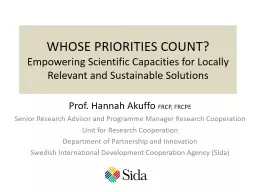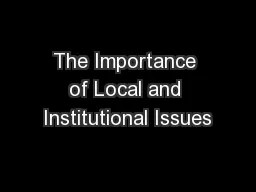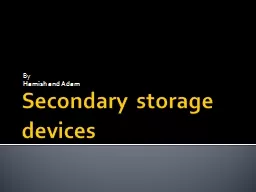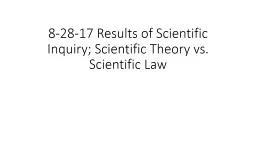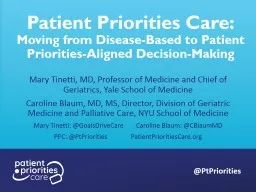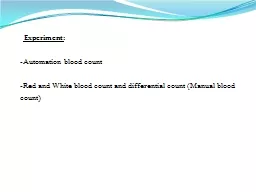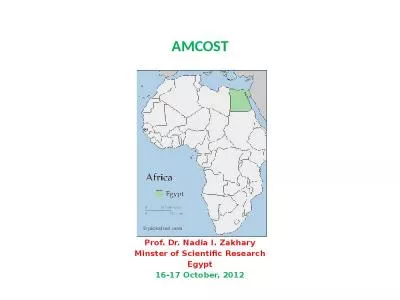PPT-WHOSE PRIORITIES COUNT? Empowering Scientific Capacities for Locally Relevant and Sustainable
Author : motivatorprada | Published Date : 2020-06-30
Prof Hannah Akuffo FRCP FRCPE Senior Research Advisor and Programme Manager Research Cooperation Unit for Research Cooperation Department of Partnership and Innovation
Presentation Embed Code
Download Presentation
Download Presentation The PPT/PDF document "WHOSE PRIORITIES COUNT? Empowering Scien..." is the property of its rightful owner. Permission is granted to download and print the materials on this website for personal, non-commercial use only, and to display it on your personal computer provided you do not modify the materials and that you retain all copyright notices contained in the materials. By downloading content from our website, you accept the terms of this agreement.
WHOSE PRIORITIES COUNT? Empowering Scientific Capacities for Locally Relevant and Sustainable: Transcript
Download Rules Of Document
"WHOSE PRIORITIES COUNT? Empowering Scientific Capacities for Locally Relevant and Sustainable"The content belongs to its owner. You may download and print it for personal use, without modification, and keep all copyright notices. By downloading, you agree to these terms.
Related Documents

